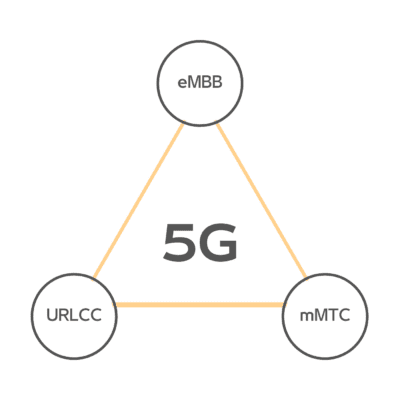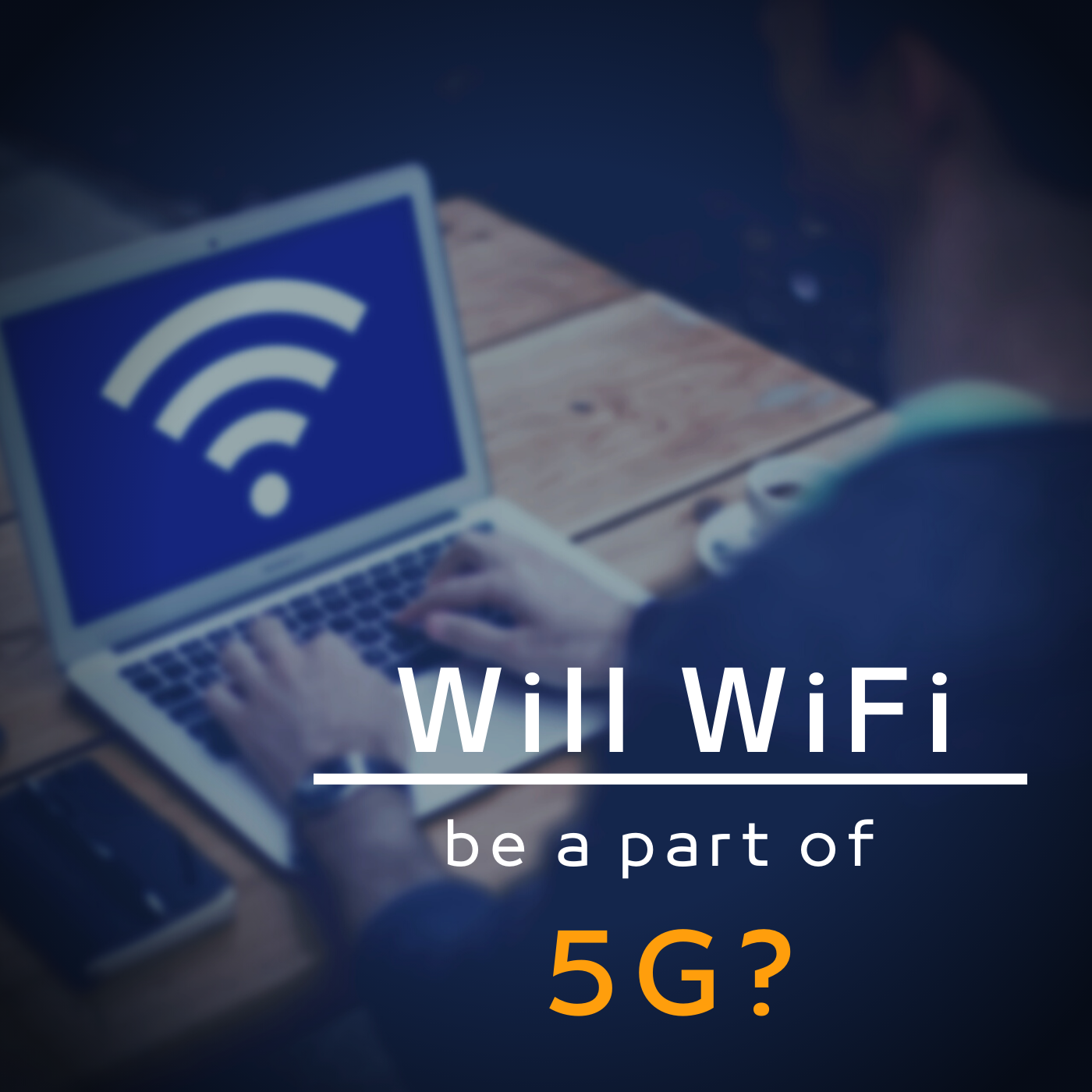After taking part in a session on the all-new DECT NR+ 5G standard recently, and being invited by the IoT Alliance as a 5G expert, I got the question, will wifi ever be a part of 5G. And that is a very relevant question I think.
Will 5G and wifi exist together in the same network?
So back in the day, in 2012, I wrote an article about the future of 5G, sharing my vision of what I thought 5G would become when its anticipated launch in 2020. So the idea I had, and still have, by the way, is that 5G will be a technology connecting the world without boundaries. But then in 2012, I had a strong feeling that we needed wifi to offload the networks. In that era, the 3G networks were heavily loaded with traffic, and the operators had to work hard to avoid the bottlenecks. As a result, some operators tried wifi balancing to offload the networks. Trying to steer the users to the wifi hot spots that were available around the larger cities.
However, as you understand, this was just a sort of temporary fix when the 4G networks were being deployed at scale. But when I wrote my article in 2012 on 5G, it seemed obvious that the wifi networks would be a part of the 5G networks. But, that is not the case I think that 5G will be the primary choice over wifi in the future, let me explain a bit more below.
Developing the standard
 So the road to 5G was probably long and hard to navigate for all those that worked on the standard. In early 2012 the International Tele Unions Radiocommunication Sector (ITU-R) started to develop “IMT for 2020 and beyond”. They were in practice setting the stage for 5G research that was emerging around the world at that time. In 2013, they finalized their view of a timeline for IMT-2020. The key elements of 5G were already underway. In 2015 I believe the so-called 3GPP triangle was released, illustrating the three aspects of 5G. A refresh from my blog post on the DECT NR+ 5G standard is that the 5G triangle is composed of 3 key focus areas:
So the road to 5G was probably long and hard to navigate for all those that worked on the standard. In early 2012 the International Tele Unions Radiocommunication Sector (ITU-R) started to develop “IMT for 2020 and beyond”. They were in practice setting the stage for 5G research that was emerging around the world at that time. In 2013, they finalized their view of a timeline for IMT-2020. The key elements of 5G were already underway. In 2015 I believe the so-called 3GPP triangle was released, illustrating the three aspects of 5G. A refresh from my blog post on the DECT NR+ 5G standard is that the 5G triangle is composed of 3 key focus areas:
Bandwidth: Extreme Mobile Broadband (xMBB).
Latency: Ultra-Reliable Low-Latency Communication (uRLLC).
Number of connections: Massive Machine-Type Communication (mMTC).
Fulfilling more than one
I am in deep waters now, I admit that, but as I have not been taking part in the 5G standardization process, and have not read all documents in detail, I have to rely on other sources. So from what I have learned, a new 5G standard can not just simply be any wireless standard that meets one of the three key areas above. If so, wifi would easily be a part of this, as it fits into the Extreme Mobile Broadband corner. Sigfox or LoRa should fit into the Massive Machine-Type Communication corner, but neither of these three standards would fit into the Ultra-Reliable Low-Latency Communication. Sigfox and LoRa would not fit into the Extreme Mobile Broadband corner either and Wifi is not optimal for Massive Machine-Type Communication.
So in the case of the new DECT NR+ 5G standard, it meets both the requirements for Ultra-Reliable Low-Latency Communication and Massive Machine-Type Communication (mMTC), despite being operated on a free frequency band just like LoRa and Sigfox.
Unlicensed 5G in 6GHz
There is also a version of 5G, known as NR-U, that will be utilizing an unlicensed spectrum. It will utilize the 5 and 6 GHz unlicensed frequency bands, and I think it is obvious that it will be a wifi competitor. This is also a clear indicator that WiFi is not at this point considered to meet the requirements or be a part of the 5G standard, and that other standards will meet and exceed the requirements and be overlapping with the wifi standard.
Wifi for your domestic and work needs?
Connectivity is taking new roads all the time. Wifi is utilizing free spectrum, on a first come first serve basis. The Wifi networks are in many cases deployed by people that are not experts. During the pandemic, large enterprises had to rely on the home networks where students, kindergarten kids, and mom and dad shared the internet connection from home. I think that in a few years, we will see more and more computers using just 5G. So at the office, your company will have a private 5G network, and at home, you will just be using the public network. The benefit for large organizations is that security problems are easier dealt with when you have control over the network at all times, and not to mention, you are the single computer on the network working from outside the office, so being vulnerable to attacks is not that critical.

